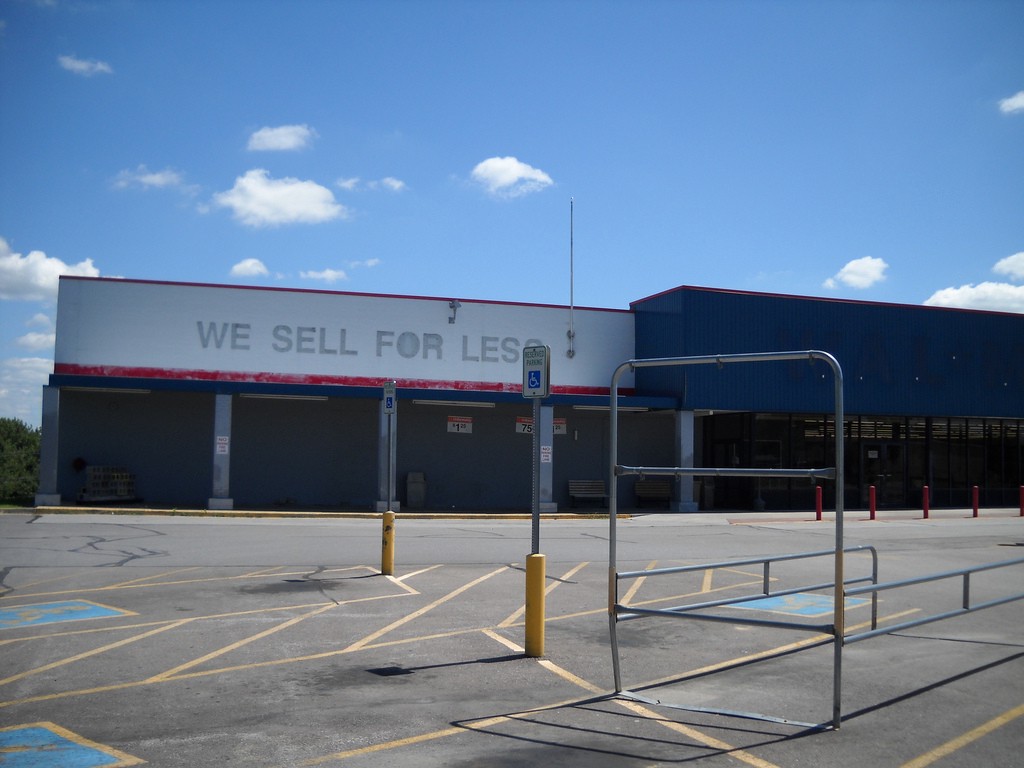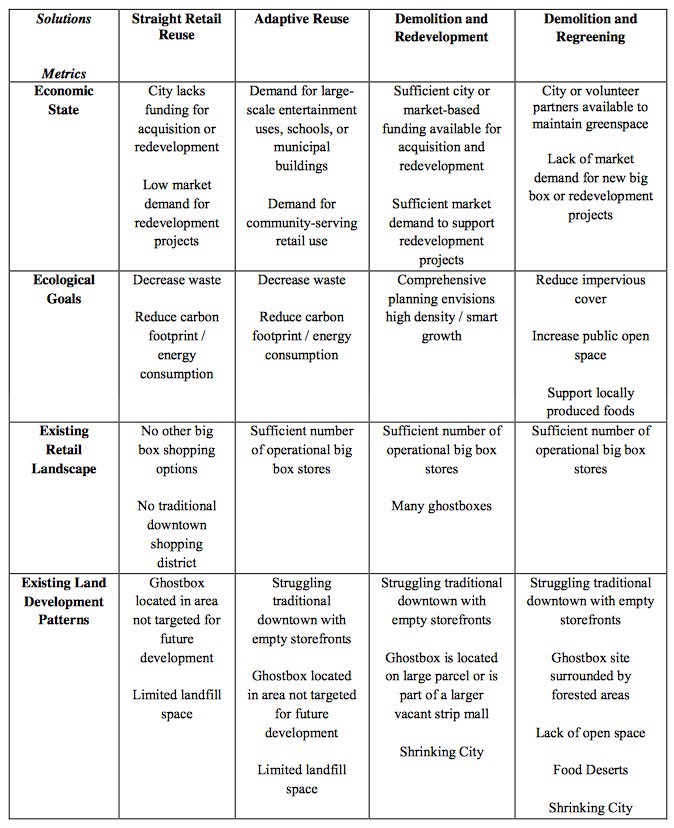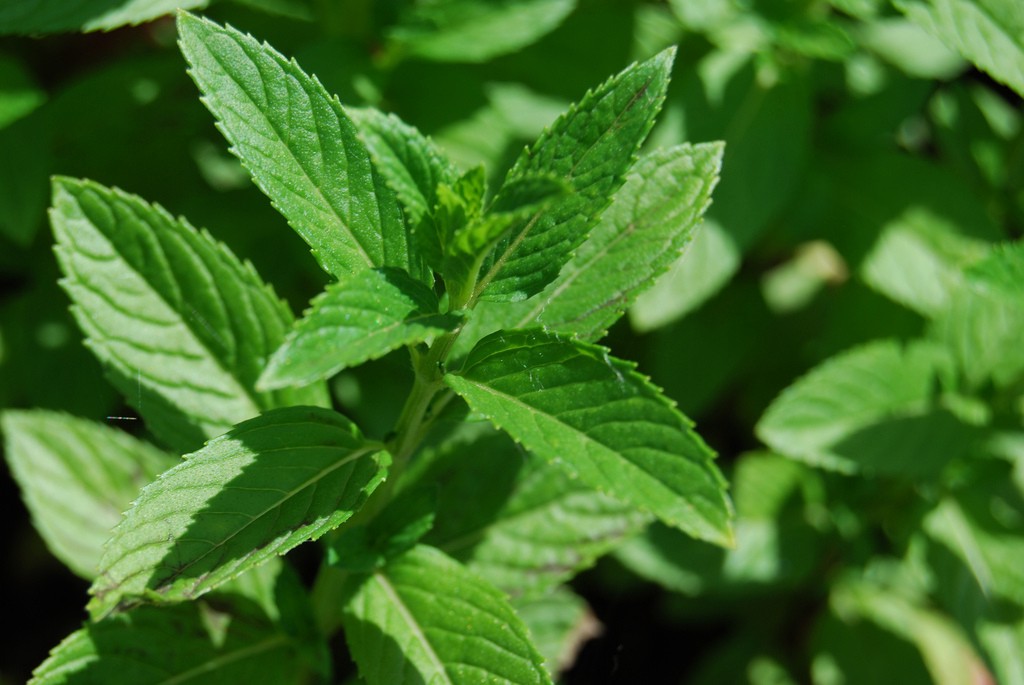Fort Romeau, "Insides (Roman Flügel Remix)"
Fort Romeau’s Insides remains the best “walking around” record released thus far this year (although Ensemble Signal’s rendition of Steve Reich’s Music for 18 Musicians is rapidly rising on my list — yes, I take weird walks) and Roman Flügel’s Happiness is Happening was one of the late delights of 2014, so to see those two talents applied on one track is a rather enjoyable experience, which is why I’m telling you about it. Enjoy.
New York City, June 15, 2015

★★ Clouds and mist became clouds and haze and then an unexpected late-morning sun. The air was so wet that the temperature was irrelevant; a little game of foam-rubber baseball in the living room was a chore. Out in the forecourt, light glistened on a shirtless man’s bulging and the gold medal around his neck as he posed for photos with an oversized prop prize check, made out for a $10,000 bodybuilding prize. A smoky whiteness clung to the newest skinny luxury tower in the distance. A cloud re-covered the sun. Walking felt like wading. Old raindrops had left amoebic outlines as they evaporated from the glossy stone benches on 65th Street. More clouds gathered and an ominous little breeze moved around. A walk of one block over and eight up had the children complaining of the distance. A fine drizzle began to fall. The sky down past Columbus Circle was darkening. Down on the D train, peripheral vision caught the falling of a drip from the car’s air conditioner. Downtown, the darker clouds were now uptown, the sidewalks wet in tentative sunlight. New clouds came and new raindrops spread parentheses on the pools of water atop the next building’s ductwork. Suddenly the chill was more than the humidity could hide.
The Big Box Afterlife

Big box stores are the lowest-hanging science fiction prompt in any given town. Big box nostalgia is weak, so thinking about these stores clearly is easier. What, you wonder as you drive by, will happen to the big old Circuit City at Crossroads Plaza or Windermere Village or whatever? The building that used to be a Borders that became a Gap that became a vacant hole? The Walmart on the edge of town that was closed for “plumbing problems?” All those doomed malls, and the big multi-story anchor stores at the end of their long pedestrian halls?
Are people going to live in them? Giant libraries are a nice option. Some old stores have already been turned into large churches; in Florida, I saw an old supermarket that had been turned into a for-profit college. Maybe they could be adapted into enormous low-rent coworking spaces for slightly pre-automation jobs such as “customer support” and “content production.” Maybe they could be turned into extremely weird parks!
A lot of people are thinking about this more seriously: thousands of large purpose-built structures, many composed mainly of single large rooms with no windows, are not easy to cheaply convert into something else. They are referred to as “ghostboxes” and there are going to be a lot of them. This paper, for example, looks at “legal solutions” (zoning-focused, mainly) to what was, at the time in 2012, understood to be the result of the recent economic downturn.

In 2015, the most visible threat to big box stores is Amazon and its growing group of competitors. Instacart will send people to grocery stores to shop for you; same-day retail delivery services use a mixture of warehouses and stores to courier products to customers’ doors. Meanwhile, Amazon’s ambition has far surpassed merely building the Walmart of the internet. It is attempting to become a marketplace for labor; it is experimenting with drones; it is releasing house-brand products in some of its biggest categories. It is also doing this:
In its ceaseless quest to speed delivery, Amazon.com Inc. wants to turn the U.S. into a nation of couriers.
The Seattle retailer is developing a mobile application that would, in some cases, pay ordinary people, rather than carriers such as United Parcel Service Inc., to drop off packages en route to other destinations, according to people familiar with the matter
Amazon has become increasingly uncomfortable with its reliance on large shipping companies (including the USPS), which are nominally its “partners” but which clearly, in its view, represent a massive cost and inefficiency.
As envisioned, Amazon would enlist brick-and-mortar retailers in urban areas to store the packages, likely renting space from them or paying a per-package fee, the people said. Amazon’s timing for the service, known internally as “On My Way,” couldn’t be learned, and it is possible the company won’t move ahead, the people said.
So: a new plan! Online retailers can rent chunks of current physical retail to start building their own shipping networks. Then, after destroying those retailers, they can turn the buildings into distribution centers. Those warehouses will be supplied on one side by the trucking industry, which is surprisingly close to automation, and accessed on the other by people using their cars to deliver Amazon orders to their neighbors for a few extra freelance dollars. Then, finally, when those cars drive themselves, those old buildings will settle into their role as a nodes in a new retail economy which would be based, much like the one before it, around cars, with the difference that you rarely leave your house except to fetch products that you can somehow afford from the ground-drone or sky-drone waiting in what used to be your driveway. Speaking of which, those big flat Walmart roofs will make great quadcopter pads.
So, problem… solved? Just something to think about next time you’re waiting in line at Dick’s Sporting Goods.
Photo by Rob Stinnett
Sky Lined

At the moment, New York City does not have rent regulation laws, but it will soon have the country’s actual tallest building: New York YIMBY has discovered that the roof of Nordstorm Tower will reach one thousand, five hundred and twenty-two feet, making it seventy-one feet taller than Chicago’s Willis Tower, the current record-holder for highest roof in the U.S. — and embarrassingly more vertical than One World Trade Center, the current pretender to the title of “tallest skyscraper in the Western Hemisphere,” whose roof is just one thousand, three hundred and sixty-eight feet high. The shadow it casts over Central Park should feel positively refreshing come the summer of 2020.
Original rendering of the 57th Street skyline circa 2020 by NY YIMBY; enhanced rendering by John Herrman
Grow the Herbs

At the moment, on an illegal fire-escape garden and an even more illegal rooftop garden, I’m growing chile peppers, strawberries, Swiss chard, figs, a few kinds of tomatoes, summer squash, cucumbers, and herbs. All but the last of these are pure vanity; it is not cost-effective to grow fruits or vegetables at home. I garden because it’s fun and it feels direct and physical to make something that isn’t a bunch of pixels on a screen. I grow a tomato, I eat the tomato, I’m happy about the whole process. But herbs are different.
Perfectly cooking a vegetable is exponentially harder than sort of basically cooking vegetable pretty well. But the differences are small, and nobody cares very much. On the other hand, knowing how to do easy-but-showy things, like making your own pickles or your own syrup, universally signal that you know what you’re doing in the kitchen — that you have some advanced techniques, even though, really, frying an egg is about a million times harder than making a batch of rhubarb-mint syrup. Growing fresh herbs is one of these little tricks, and they make your house smell nice, too. Fresh herbs ramp up the flavor of a dish in almost the same way salt does, adding an entirely new dimension and levels of complexity with ease. They are also underused, which I think is mostly due to the difficulty of keeping them around, a difficulty you can very easily overcome by growing your own.
In the culinary world, “herb” typically refers to the leaves or tender stems (fresh or dried) of a plant that tend to be high in flavorful compounds and oils. (Spices usually refer to some other part of the plant — the root, maybe, or a seed, or a berry. Minerals like salt are not spices. They are minerals.) The word “herb” is a little vague and sometimes flexible, as it doesn’t refer to, say, a taxonomic category but instead a usage category. So “herb” means a leaf that’s used for flavoring rather than as the base of a dish, okay. Basil: herb. Spinach: not herb. What about mustard greens? They can be either! Very messy terminology. But generally, when we talk herbs, we’re talking flavoring agents. There’s a reason why people don’t usually serve oregano salads, and it’s because it would be kind of gross.
Buying herbs is almost always a mistake. They cost, I don’t know, a dollar or three, but because they’re so powerful, you rarely want more than a couple of leaves at a time. So the herbs end up costing not two dollars for a bunch, but a dollar per leaf, which is absurd. And yet herbs are the easiest of all culinary plants to grow precisely because you grow them for their leaves. You don’t have to wait months and months for a single fruit (literally, my fig tree gave me one fig this year), nor do you really have to worry about pests eating them since most herbs are naturally pest-free; the compounds that give them such intense flavor evolved to repel bugs and other critters who might eat them.
Growing herbs also doesn’t require much space, nor all that much sun, and they grow quickly, so if you go out of town and your basil plant dies, you can pretty much plant another and in a few weeks it’ll be big enough to start eating. And the quality of your herbs is going to naturally be very high even if you don’t bother with any advanced gardening methods (like fertilizer or compost), simply because you pick them right before you eat them.
Most importantly, it feels cool to eat stuff you grew yourself.

The Mints
Among the easiest herbs to grow are the many, many plants in the mint family, Lamiacae. These include all the different kinds of mint, of course, but also basil, oregano, thyme, and sage. I like them because they’re very common in a lot of vegetable-heavy Mediterranean cuisines, but also because they’re fairly hardy and easy to transplant. You can buy these as seedlings and they won’t freak out when you move them to a bigger pot.
To plant: Most members of the mint family will come in seedlings in a three-pack or four-pack. As soon as you get them home, move them to a bigger pot. Each seedling gets its own pot; the biggest mistake home gardeners make is overcrowding, which stunts growth and can even wreck the flavor as the plants spend their energy fighting each other rather than growing big and strong. Don’t get any pot smaller than about six inches in diameter, and even that is really pushing it. The bigger the pot, the bigger and healthier the plant. Fill the pot with soil (get organic soil; stuff like Miracle Gro will deplete all its nutrients after one year, so you can’t re-use the soil, which is kind of a waste of money), make a small divot in the middle, insert seedling, bunch up soil around it. Easy. Water daily, at the root level (NEVER WATER THE LEAVES), in the morning if possible. Some of these will do okay indoors, on windowsills, but place outside if at all possible. In general, pick off any flowers as soon as you see them; you can eat them, and they’re pretty, but you also want to keep your herb’s focus on growing leaves rather than on trying to get all sexy with flowers.
To use: Some of the mints can be cooked and some turn kind of gross when cooked. Use basil, mint, and oregano raw. My favorite trick is to use chopped raw fresh oregano in Greek salads (you know, the kind with tomatoes and cucumbers and olives and feta).
Thyme is a magical herb that always wants to be close to tomatoes. When making any kind of tomato-based stew or soup, early in the process, like when you’re sauteeing garlic and onion, throw in a few whole sprigs of thyme, and take them out just before serving. You won’t be able to pinpoint exactly what’s different about the soup, but you’ll know it tastes better.
The Parsleys
The other big family to know about is the parsley family, Apiaceae. This one includes parsley, cilantro, dill, and chervil, as well as crops usually thought of as vegetables like carrots and celery. (Carrot and celery leaves are excellent and under-used herbs; carrot greens make a very good earthy pesto and celery leaves can replace cilantro in most spicy dishes. But they’re very inefficient to grow, so just buy the vegetables with leaves attached at the farmers market and use the leaves as you would parsley or cilantro.)
Parsleys tend to be flimsier and more delicate than the plants in the mint family, and some of them are significantly harder to grow. Cilantro, for example, will flip the fuck out if it’s transplanted and will usually start to bolt. (Bolting is the term for when the plant is sure it’s about to die, so it quickly dedicates all its energy into making seeds so it can hopefully become a parent.) At this point the plant tastes like garbage because everything besides making seeds is a secondary concern. Don’t let it do that. Keep your cilantro calm.
To grow: Cilantro is easy to grow from seed, and should only be grown in this form; don’t bother buying cilantro seedlings. Instead take a regular pot, fill it with soil, and plant a few seeds about half an inch below the surface of the soil. Keep it moist and in a few weeks it’ll start to grow. Growing from seed is a lot cheaper than from seedlings, but it’s also sometimes frustrating. Cilantro is one of the few plants I grow from seed.
Dill is a pain in the ass. I have no idea what its problem is. It’ll look great for a couple weeks and then all of a sudden flip out and start to grow huge and woody, which makes it basically unusable because dill leaves are so small that you rely on the small, tender stems. Then it’ll bolt and grow seeds, at which point it’s of basically no use to you. EXCEPT: Dill seeds are very flavorful, and are ideal, even better than the leaves, for making a dill pickle of any sort. I grow it because I love dill but I’ve never really felt like it loves me back.
Parsley is easier to grow than cilantro; you can transplant it, though sometimes this will cause it to bolt as well. The problem with growing parsley from a seedling is that it’s very mild for an herb, and you tend to use a lot of it at once. You’d rarely use more than a few leaves of mint or basil, but if you’re making, I don’t know, an Israeli (or Middle Eastern, or Lebanese, or whatever you call the salad with chopped tomato, cucumber, lemon juice, and olive oil, please don’t hurt me, people are very passionate about the naming of this salad) salad, you’re going to need a LOT of parsley. So if you grow it from seed, that’ll keep the cost down nicely and let you keep replenishing it by growing several crops throughout the year.
To use: I mostly prefer to use these raw as well. Dill and parsley make a great addition to a vinegar-based potato salad like this one. A som tam salad, like the second recipe over here, benefits enormously from some chopped cilantro. I have no idea what to do with chervil. Do any of you guys cook with chervil?

There are basically no dishes that won’t benefit from fresh herbs. Mexican dishes love cilantro and epazote (and about a hundred other herbs that are a lot harder to find), Italian and Greek and Provencal dishes match well with basil and oregano and parsley, Thai and Vietnamese benefit enormously from mint and cilantro and basil, and even the humble, mostly bad foods of eastern Europe will be happier with some dill. I’m skipping huge parts of the world there, but my basic point is, grow some herbs. It’s very easy and kind of fun and also impressive.
Photo by Alice Henneman
Attire Casual
“Abandoning the jacket and tie is a pretty clear effort to emphasize his independence and modernity, and his awareness of how the younger, non-tie-wearing generation likes to dress. It may be more true to his personal preferences as well, though a trawl through old pictures of Mr. Bush finds him wearing suits at least half the time. But I wonder if the decision will backfire.”
— This is already the most annoying election ever and we’re still 17 months out.
Watch Yourself Get Priced Out Of Town
If you pause at about the 3 second mark of this video you can spot the precise moment where your dream of ever being able to afford to live anywhere decent in this city is crushed and buried. [Related]
Aging Pot Looks Askance At Glossy, List-Happy Kettle
“When I told people I was going to do some interviews at BuzzFeed, there was no shortage of eye rolling,” says a guy from, uh, USA Today.
Helm, "Olympic Mess"
Resident Advisor calls this one “intensely intimate, if a little unsettling,” which is, funnily enough, exactly how I describe myself on my OkCupid profile. The difference is I suck and this doesn’t, so enjoy.
